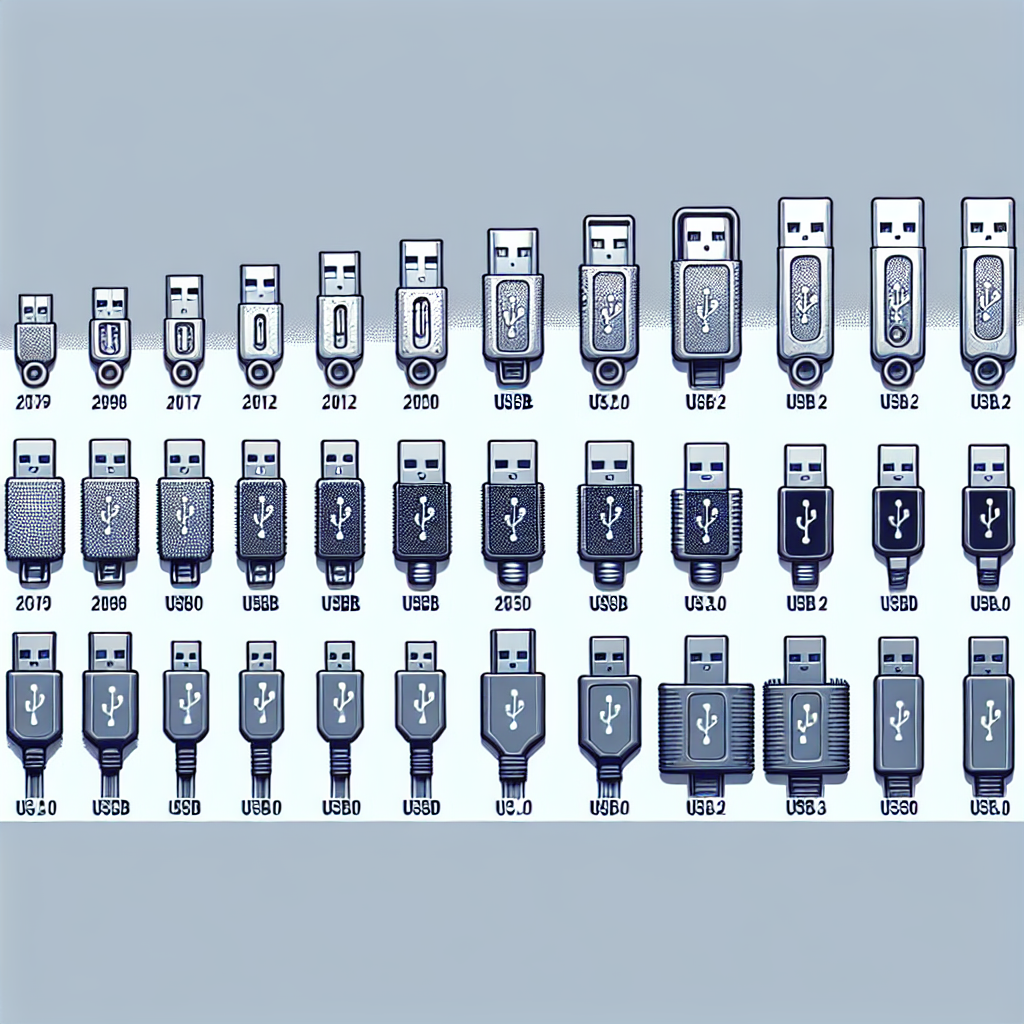USB (Universal Serial Bus) technology has come a long way since its inception in the mid-1990s. From the humble beginnings of USB 1.0 to the blazing fast speeds of USB 3.0, the evolution of USB technology has revolutionized the way we connect and transfer data between devices.
USB 1.0 was first introduced in 1996, offering a maximum data transfer rate of 12 Mbps. While this was a significant improvement over older connection methods like serial and parallel ports, it was still relatively slow by today’s standards. USB 1.0 was primarily used for connecting peripherals such as mice, keyboards, and printers to computers.
In 2000, USB 2.0 was released, offering a substantial increase in speed with a maximum data transfer rate of 480 Mbps. This allowed for faster transfer of files between devices and improved performance for devices like external hard drives and digital cameras. USB 2.0 quickly became the standard for most devices and computers, providing a reliable and fast connection for a wide range of applications.
The latest iteration of USB technology, USB 3.0, was introduced in 2008. USB 3.0 offers a significant leap in speed, with a maximum data transfer rate of 5 Gbps, ten times faster than USB 2.0. This increased speed has made USB 3.0 ideal for transferring large files, such as HD videos and high-resolution photos, quickly and efficiently.
In addition to faster speeds, USB 3.0 also introduced new features such as increased power output for charging devices and improved power management for more efficient energy usage. USB 3.0 ports are easily recognizable by their blue color, making it easy to distinguish them from older USB 2.0 ports.
The evolution of USB technology has had a profound impact on the way we use and interact with our devices. From connecting peripherals to transferring data at lightning-fast speeds, USB has become an essential part of our daily lives. As technology continues to advance, we can expect to see even faster and more efficient USB connections in the future, further enhancing our digital experiences.


Leave a Reply